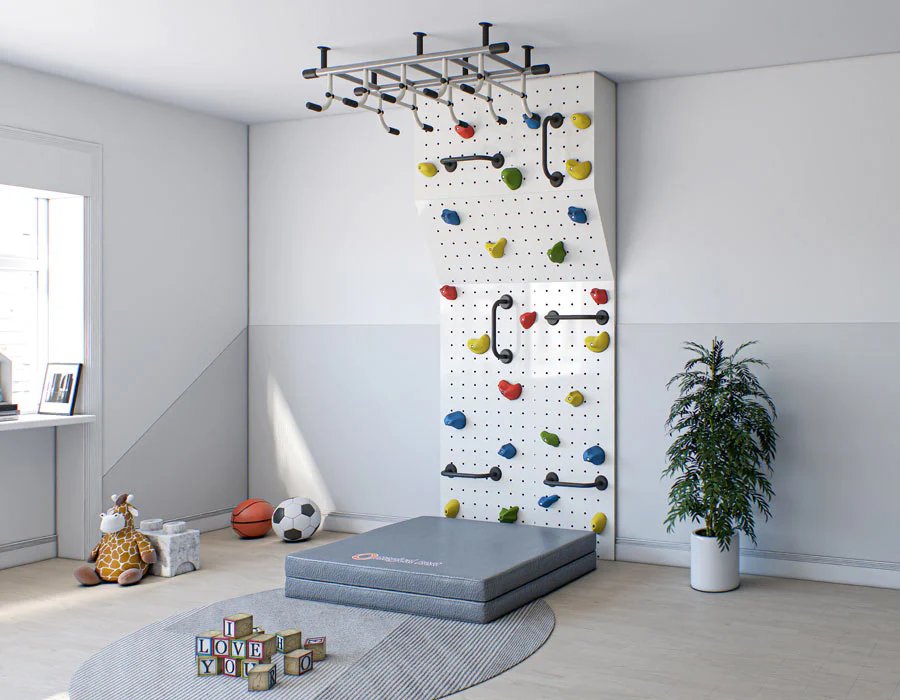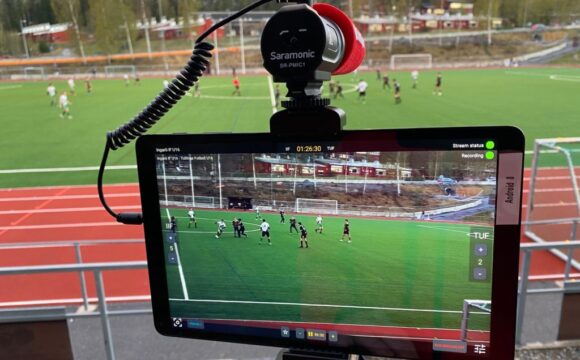Indoor climbing has surged in popularity among all age groups, and kids are no exception. Climbing gyms offer a fun and engaging way for children to build strength, coordination, and confidence. But for many parents, the key question remains: how safe is a vertical climbing room designed for children? With the right design and safety measures, these spaces can be both exciting and secure.
Understanding the Structure of a Vertical Climbing Room
What Is a Bloc Vertical Climbing Room?
A bloc climbing room focuses on bouldering—a form of climbing without ropes or harnesses on walls typically no higher than 4 meters (around 13 feet). Padded flooring is used to minimize injury in case of falls. This setup is ideal for children, as it keeps climbs within a safe height range and eliminates the complexities of rope systems.
Designed for All Skill Levels
Climbing rooms usually feature color-coded routes that indicate difficulty levels. This helps young climbers tackle challenges suited to their abilities and progress gradually.
Key Safety Features for Kids
Soft, Impact-Absorbing Flooring
The most important feature in any climbing room for kids is the flooring. Modern climbing gyms use thick, cushioned mats or interlocking foam padding that significantly reduce the risk of injury from falls.
Supervised and Structured Environment
Professional staff monitor the climbing area, guide children on proper techniques, and step in when unsafe behavior occurs. In most climbing gyms, kids under a certain age must be supervised by an adult or enrolled in a guided class.
Beginner-Friendly Routes
Children’s climbing areas are often separated from those meant for adults. These zones feature shorter walls, larger handholds, and easier routes to encourage a safe and enjoyable experience.
Safety Guidelines and Parental Roles
Mandatory Orientation and Rules
First-time visitors usually receive a safety orientation. Kids are taught how to fall properly, wait their turn, and use climbing holds appropriately. These lessons help prevent common injuries.
Required Gear
While bouldering doesn’t require ropes or harnesses, proper gear is still essential. Kids should wear:
- Climbing shoes for better grip
- Comfortable clothing for flexibility
- Optional chalk to improve hand traction
Parents or guardians should ensure that children follow all gym rules and wear the recommended equipment.
During a visit to a salle d’escalade Vertical Bloc, families often find the kid-friendly setup reassuring. The environment is tailored for safety, and instructors are trained to handle both first-timers and experienced young climbers, making it a trusted choice for parents looking to introduce their children to climbing in a secure setting.
Developmental Benefits and Emotional Safety
Building Confidence and Resilience
Climbing challenges children physically and mentally. Overcoming a tough route or reaching the top for the first time provides a confidence boost that carries over into other areas of life.
Fostering Focus and Patience
Climbing requires concentration, problem-solving, and patience—valuable skills that benefit kids both academically and socially.
Conclusion
A well-maintained vertical climbing room can be a very safe and enriching environment for children. When paired with trained staff, proper gear, and clear rules, climbing becomes not only safe but also a fun and transformative activity. Parents can feel confident knowing that climbing gyms are designed with kids’ safety in mind while offering numerous developmental benefits.






